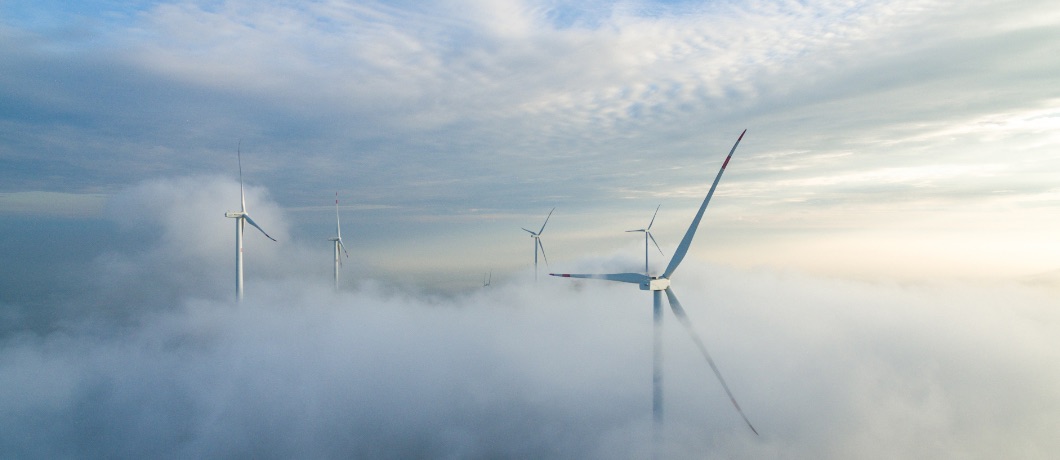Tesla started shipment of Powerpack 2.0 grid battery.

Tesla started shipping Powerpack 2.0 grid battery.
With a new energy module and power electronics, Powerpack 2 provides twice the energy density and a more seamless integration into multiple levels of the grid Powerpack 2 is also now matched with a new inverter, designed by Tesla and manufactured at the Gigafactory. It is the lowest cost, highest efficiency and highest power density utility-scale inverter on the market. It also significantly simplifies the installation process of the entire Powerpack system by integrating a number of previously independent components into the inverter itself.
The Tesla inverter paired with the Powerpack 2 allows storage to be available to the utility industry at price points and with functionality previously unknown. The combined system is now a cost-competitive alternative to other traditional utility infrastructure solutions such as building larger substations, bigger wires and more power plants. Furthermore, the Powerpack system interface and software controls give utilities and grid operators high fidelity control, allowing for better energy management and dispatch, which improves grid performance, efficiency and reliability at a low cost.
Shipments of the Powerpack 2 already started in September. Tesla also revealed that it had installed nearly 300MWh of battery storage to date and it’s currently working on two large utility scale storage projects.
Kauai Island Utility Cooperative, Hawaii’s Hawaii’s only member-owned electric utility decided to use the Powerpack 2 batteries for what is expected to be the world’s first dispatchable solar PV project, using 52 MWh of batteries to shift the generation from a 13 MW solar facility into the evening hours when demand is greatest.
Furthermore, Southern California Edison selected Tesla to construct the storage project in Riverside County. The facility will store 80 MWh of electricity, or enough to power more than 2,500 households for a day. The system’s purpose is to increase electrical grid reliability by taking a charge from it during off-peak hours and delivering power to customers during peak hours. It is expected to be operational by the end of this year.
